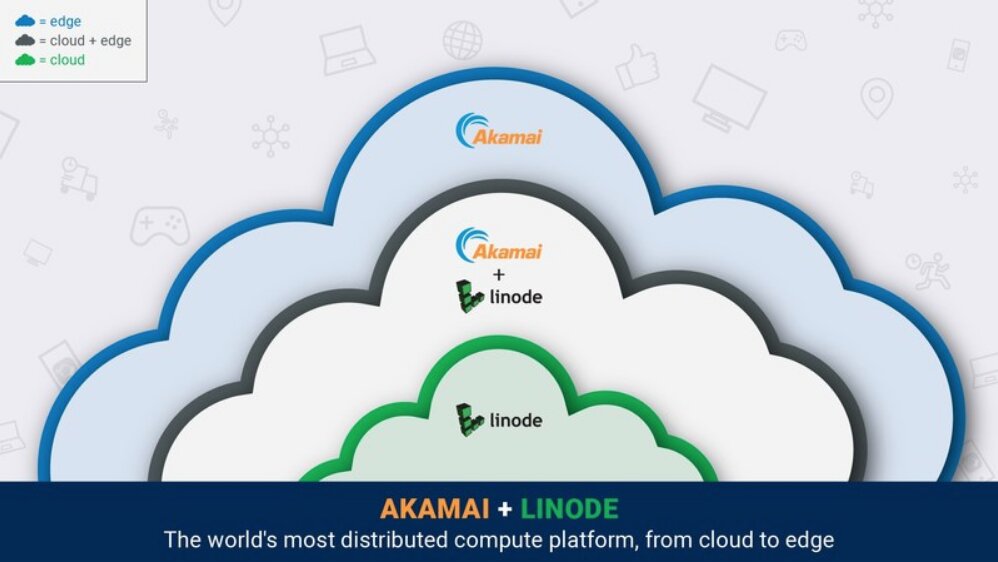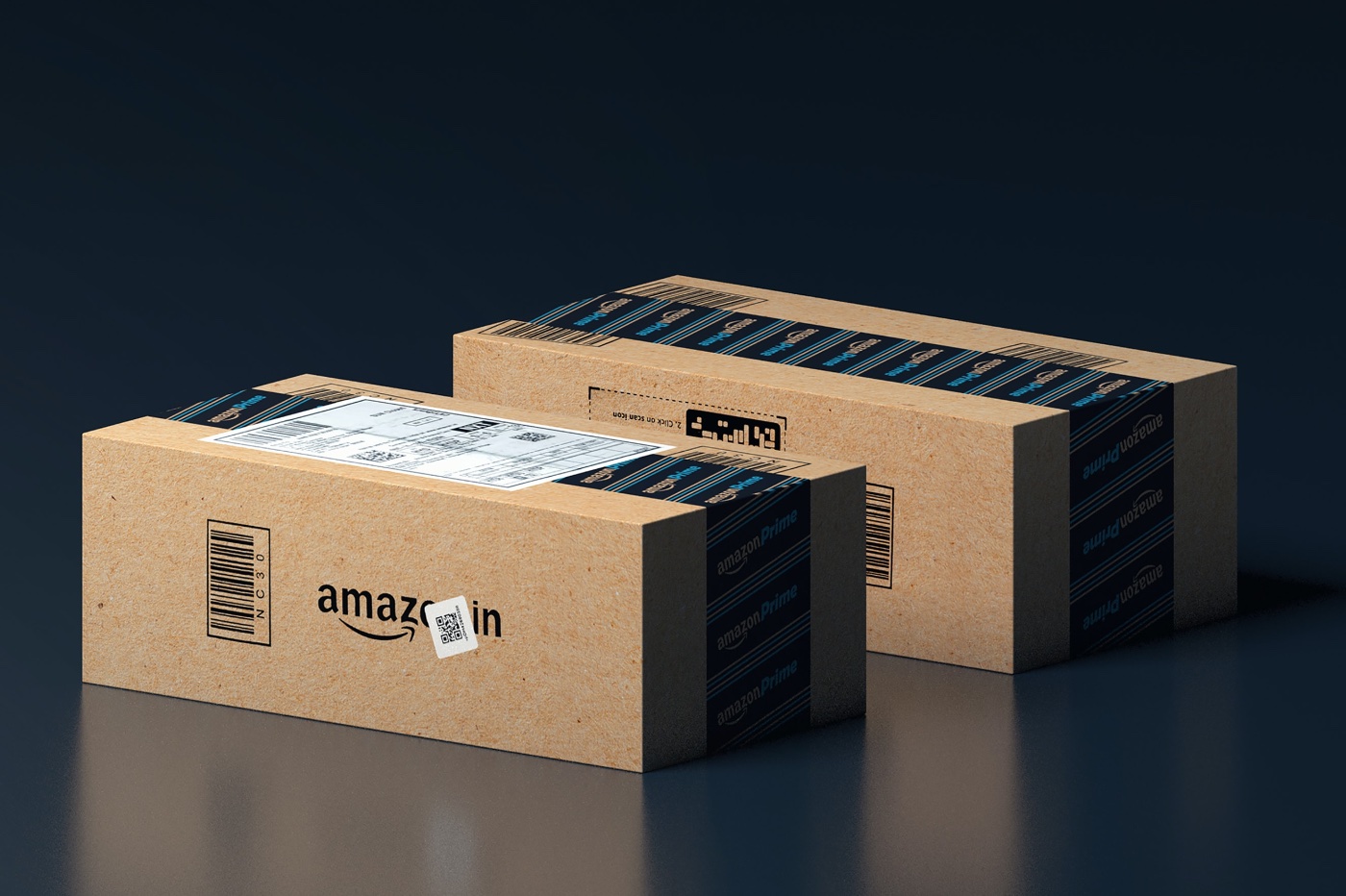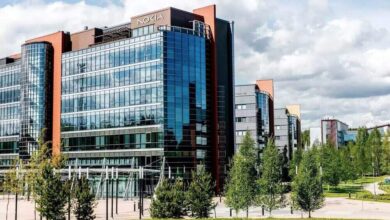
Just six months after closing the purchase of Linode, Akamai has finally made public the future plans it has for the company. When he announced the deal, in which he has invested some $900 million, Akamai said he wanted to combine its security, distributed edge and delivery services with Linode’s cloud capabilities, built with developers in mind.
In this way, Akamai wanted reach more businesses looking for an alternative to AWS, Azure, and Google Cloud. And she has set to work. The first thing you’re going to do is dub Linode infrastructure Worldwide. To do this, it will expand its suite of products to more than a dozen data centers, which will be added to those that already have it available.
These new data centers that will feature the Linode suite are spread across North America, Asia-Pacific and Latin America. They will be deployed by the end of 2023, according to Shawn Michels, Akamai’s vice president of compute product management.
The first of these new sites to see the light will be in Ashburn (Virginia, United States). Akamai later wants to repeat the operation in Amsterdam. Chennai, Chicago, Stockholm, New Delhi, Jakarta, Los Angeles, Miami, Osaka, Paris, Rome, Sao Paulo and Seattle.
As Akamai evaluates its data centers for Linode, it chooses locations that will allow it to grow across multiple Availability Zones, which will come as Linode products and services scale. In all, Akamai is evaluating 50 locations to launch what it calls “distributed sites,” which are much like AWS local zones, to bring core computing functions to locations that are not easily accessible and not easily accessible. The main cloud providers provide service of sufficient quality. These areas include parts of Southeast Asia, Africa and the Middle East.
According to Michaels, “there are new developments, but we want to deploy, where possible, in existing Akamai data centers. Or at least use locations that Akamai is familiar with. We’re looking for places where we can find the kind of network capacity, location, and power that will allow us to expand horizontally, just like you’d expect from a hyperscalar. Currently, Linode has no concept of Availability Zones, so this is an evolution that we will bring to you as we expand the service.«.
Michaels has also pointed out that the objective they seek to achieve with this step is «try to push data and parts of the application as close to the user as possible. In a central site you would have things like a database as a service, block and object storage, as well as virtual machines, containers, and GPUs. But what some customers are telling us is that to serve their audience as they build more distributed applications and move to things like microservices, what they would like is a block storage offering or virtual machines in a more difficult to access region, where the network or data center infrastructure may not be as robust as other regions«.
The company will also roll out new Linode enterprise cloud features in the future. Michels notes that “Linode has taken a service-centric approach to infrastructure as a service, with a strong focus on lightness and focusing only on specific PaaS layers as needed.«. Of course, they are aware that they cannot turn Linode into a competitor of AWS and other infrastructure companies with the same functions as them overnight.
Therefore, where they do not have «the same PaaS depth as hyperscalars, we rely on an ecosystem of external partners, as well as solutions that can fill the gaps, facilitating our clients access to these solutions and their execution on the Linode platform«. In the future, Linode plans to invest in the development of its One-Click app marketplace, which will offer third-party apps.



